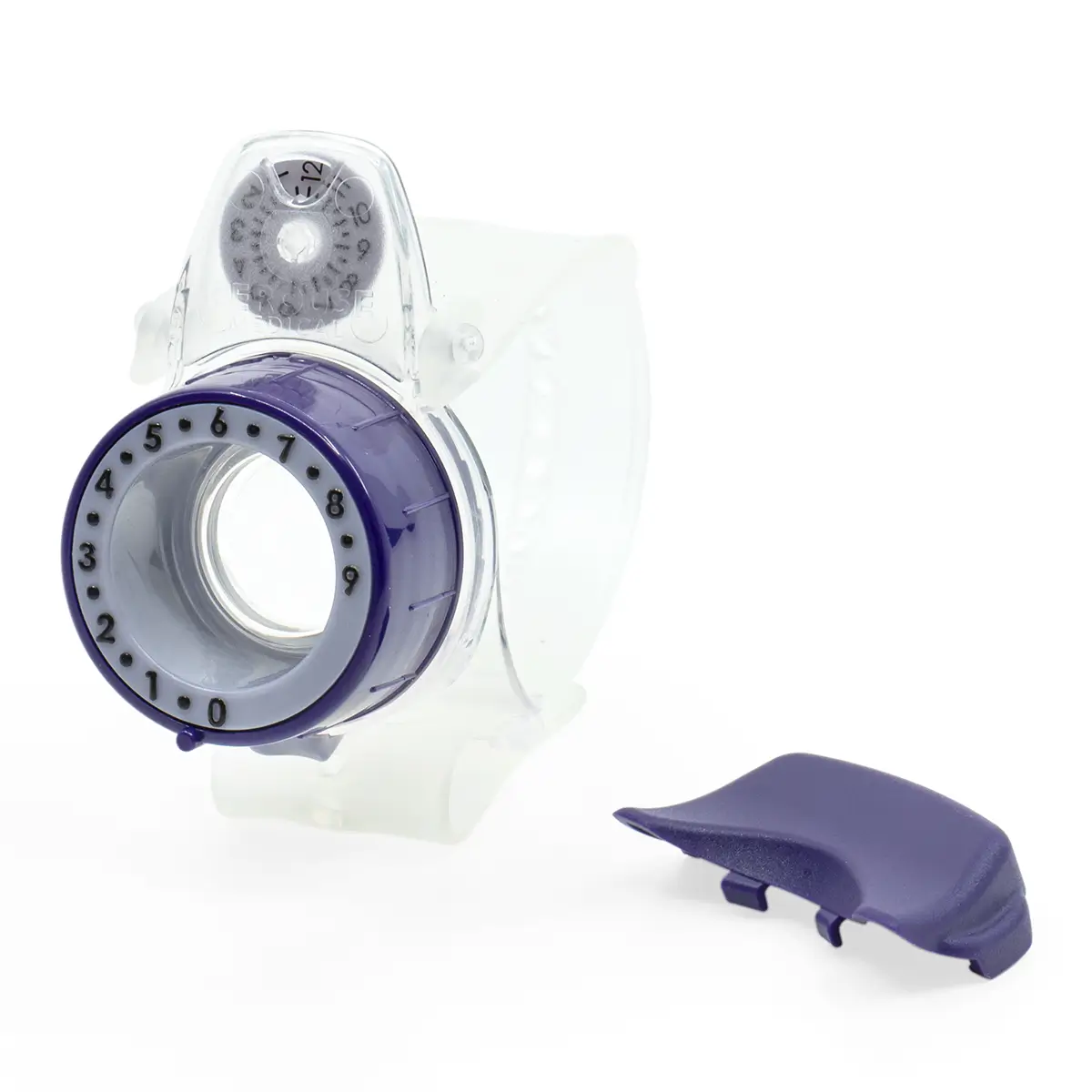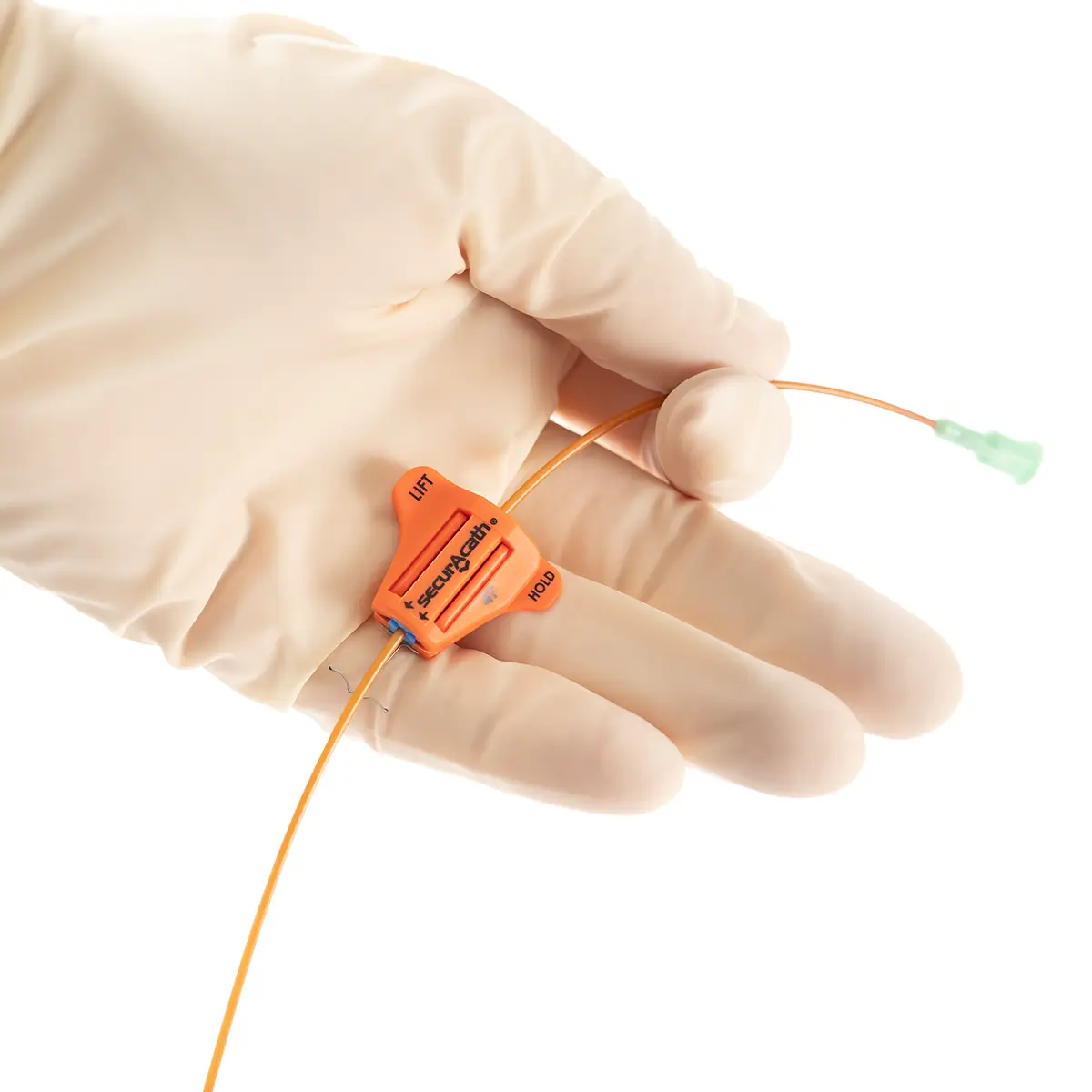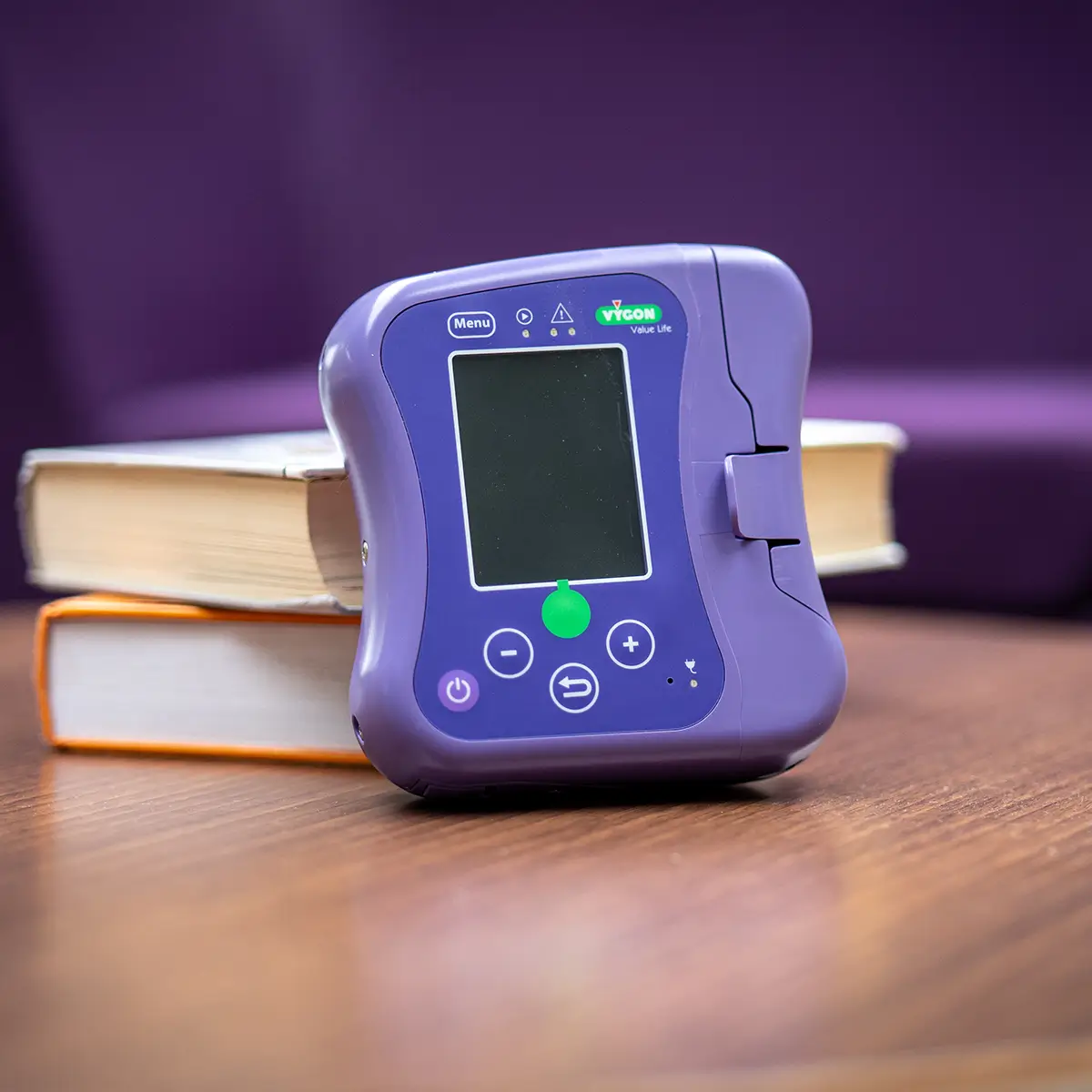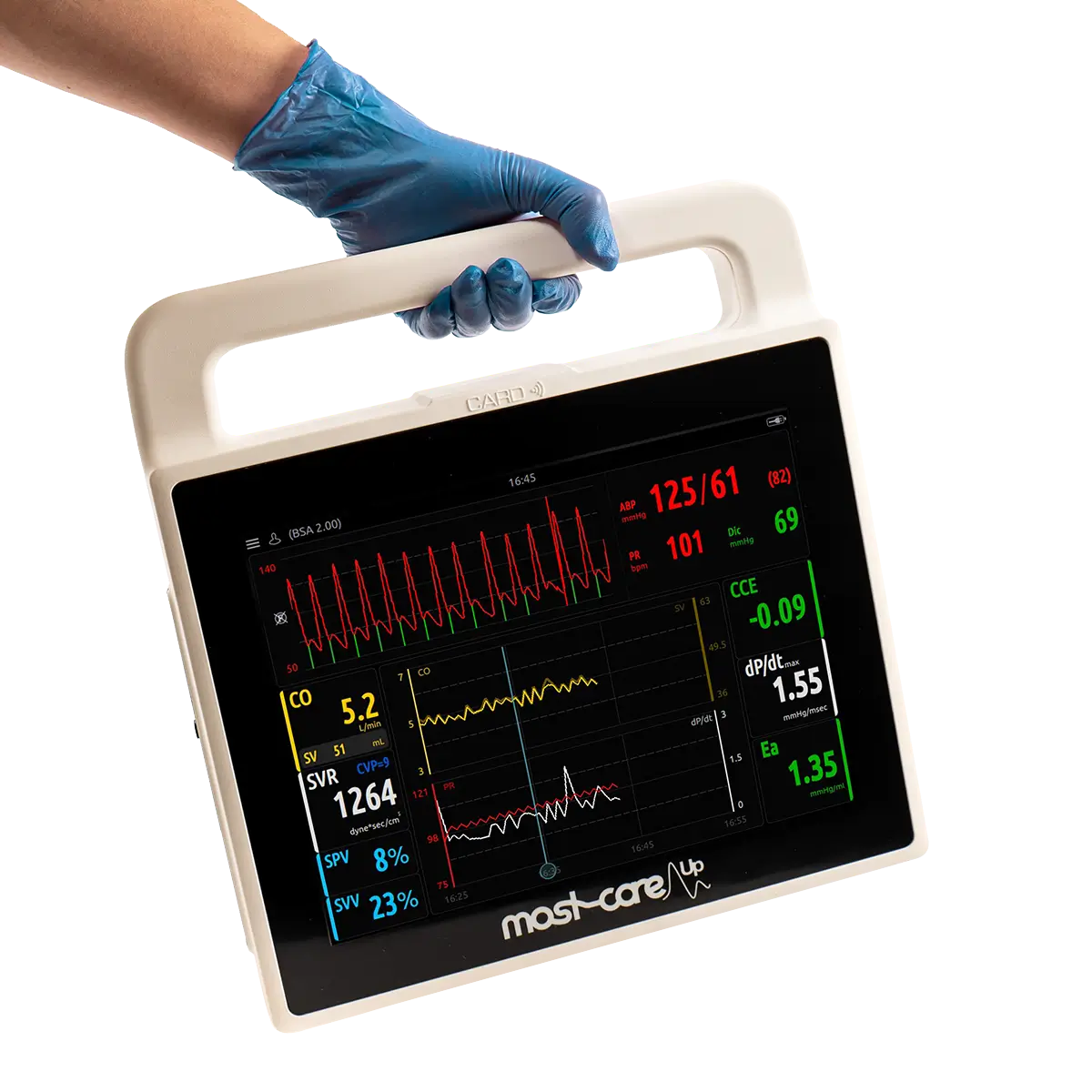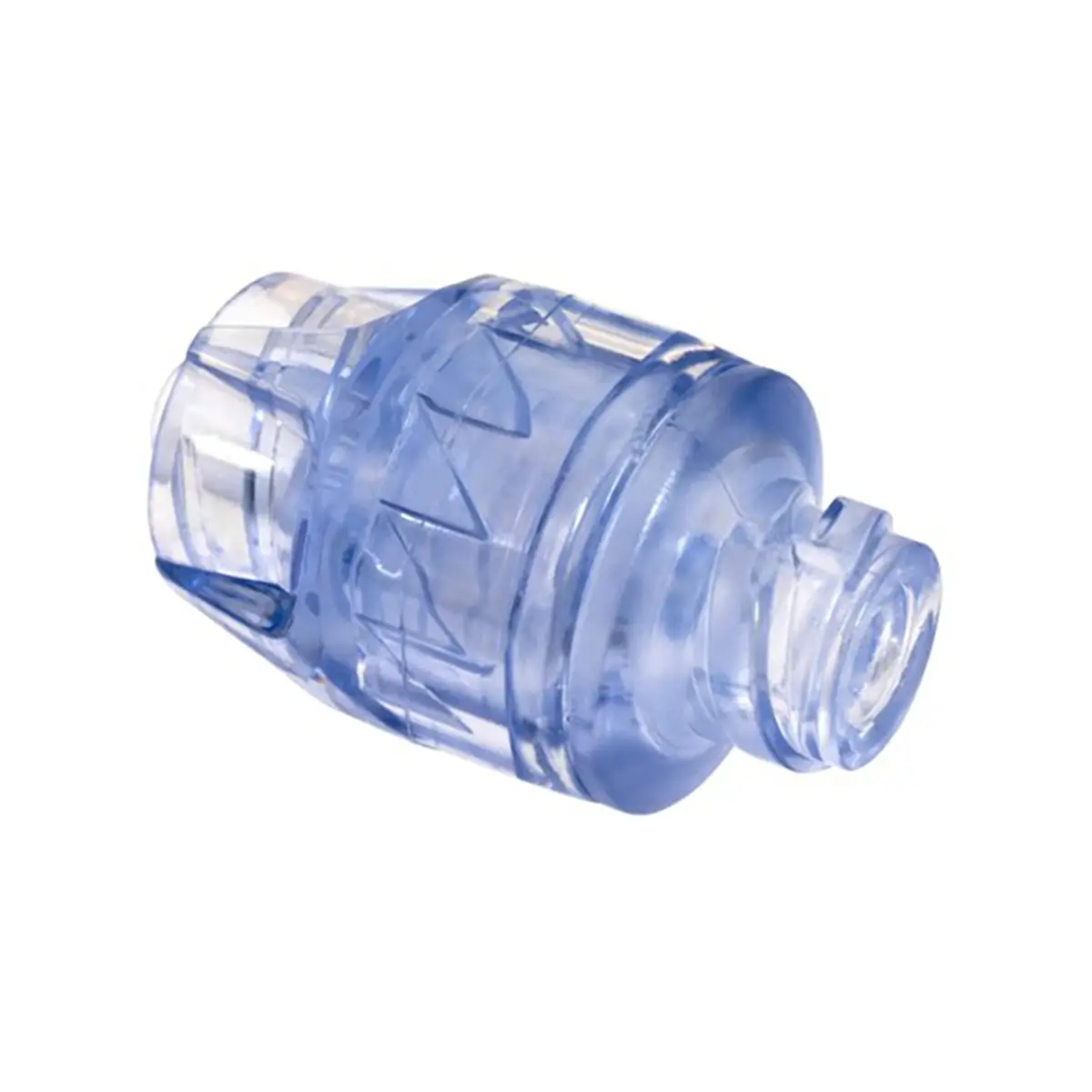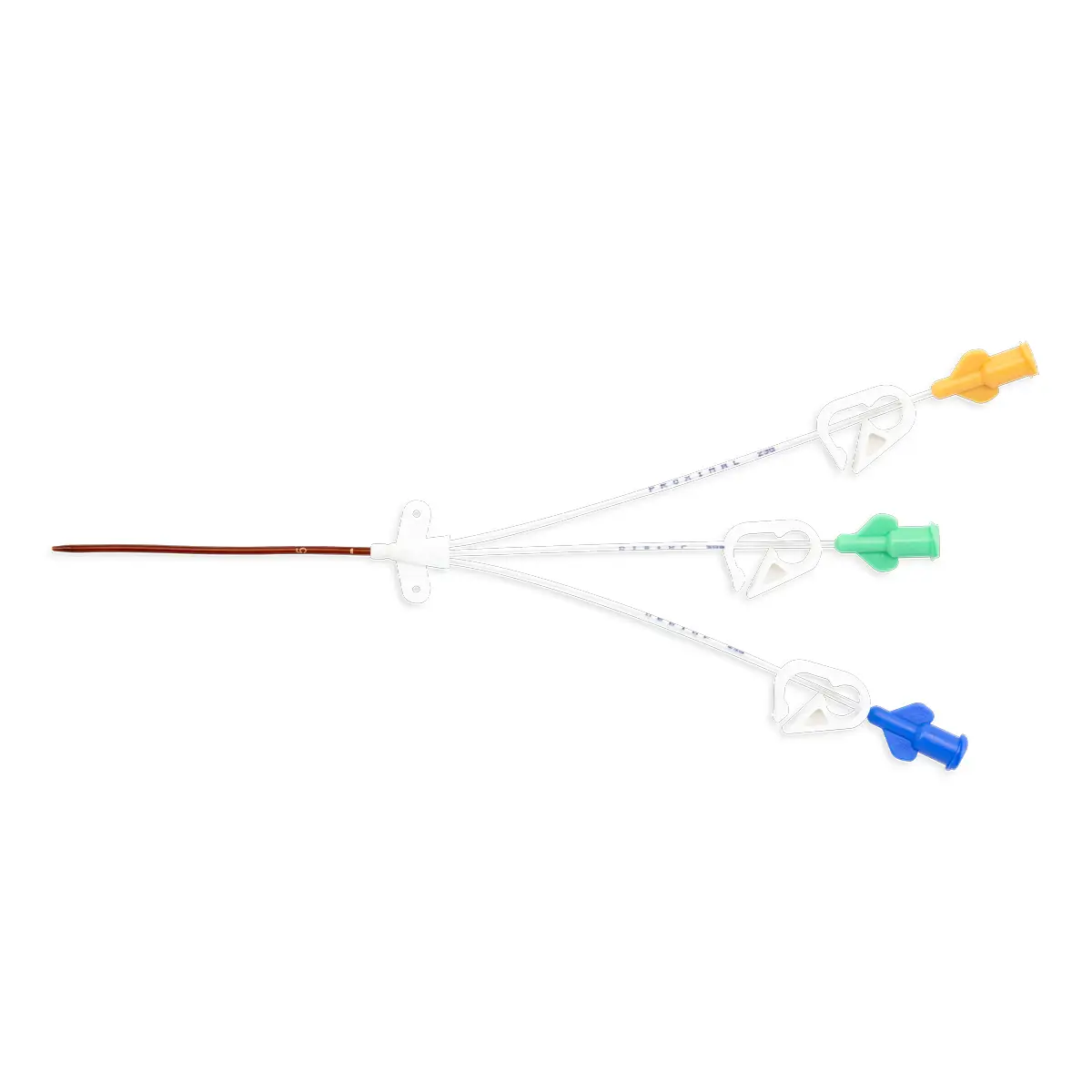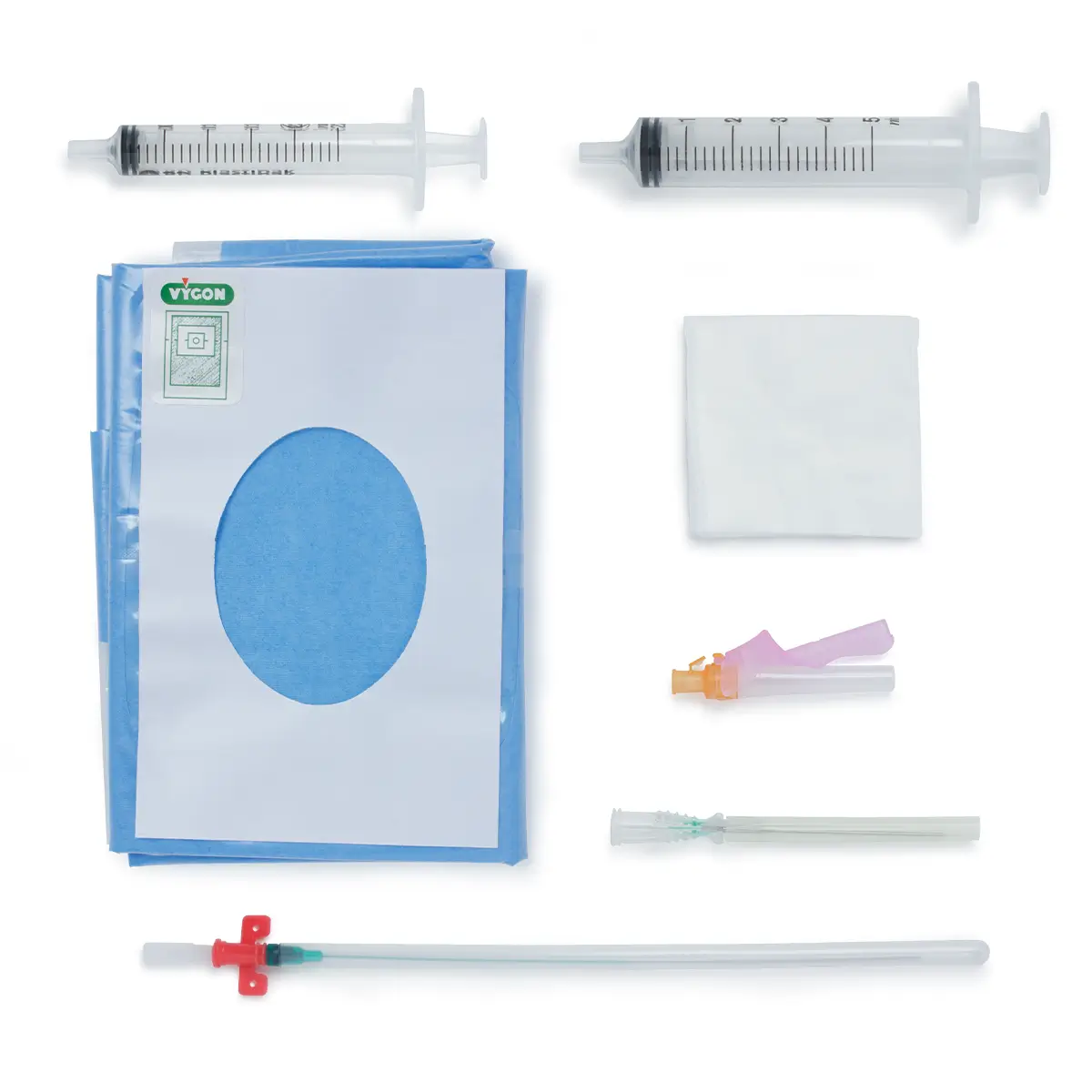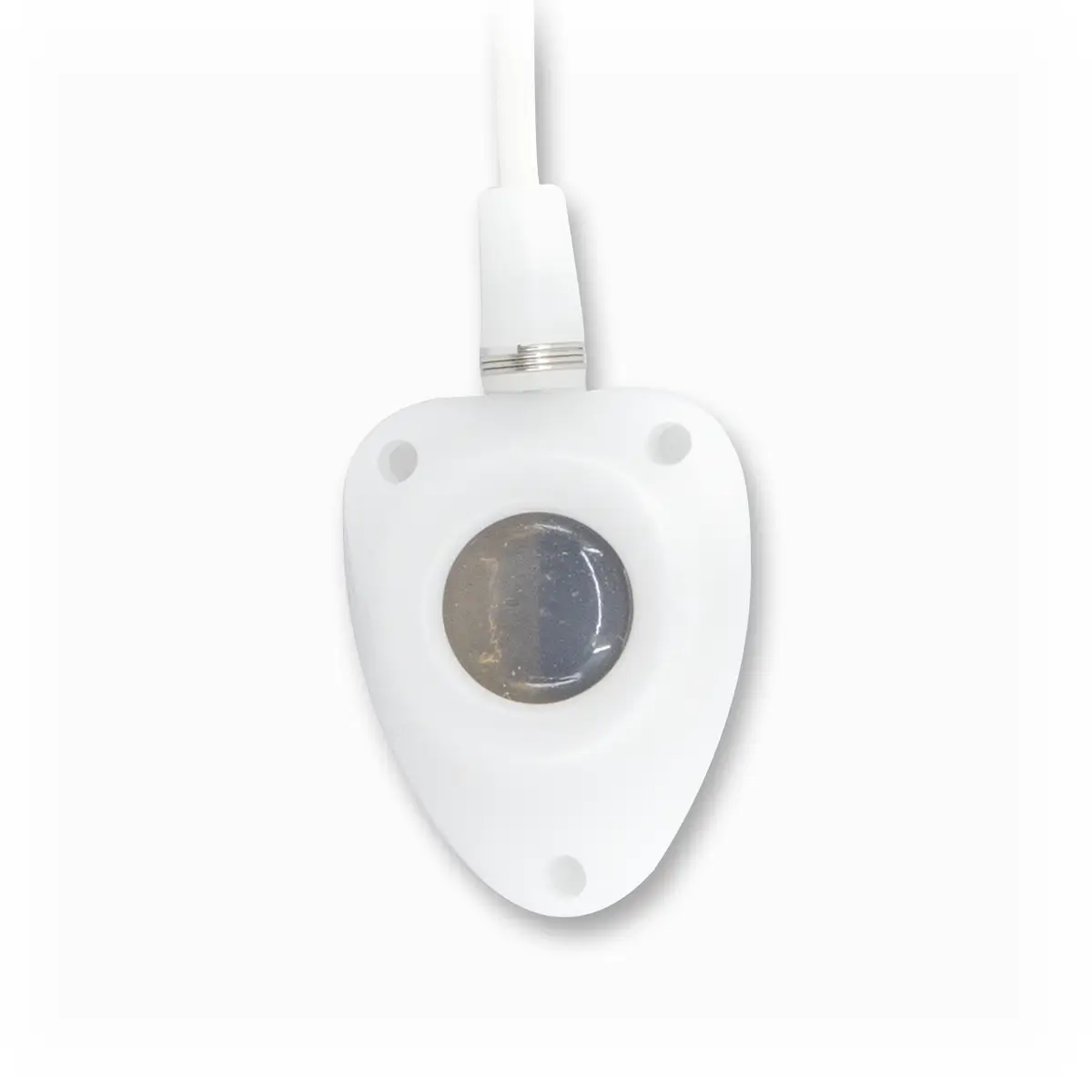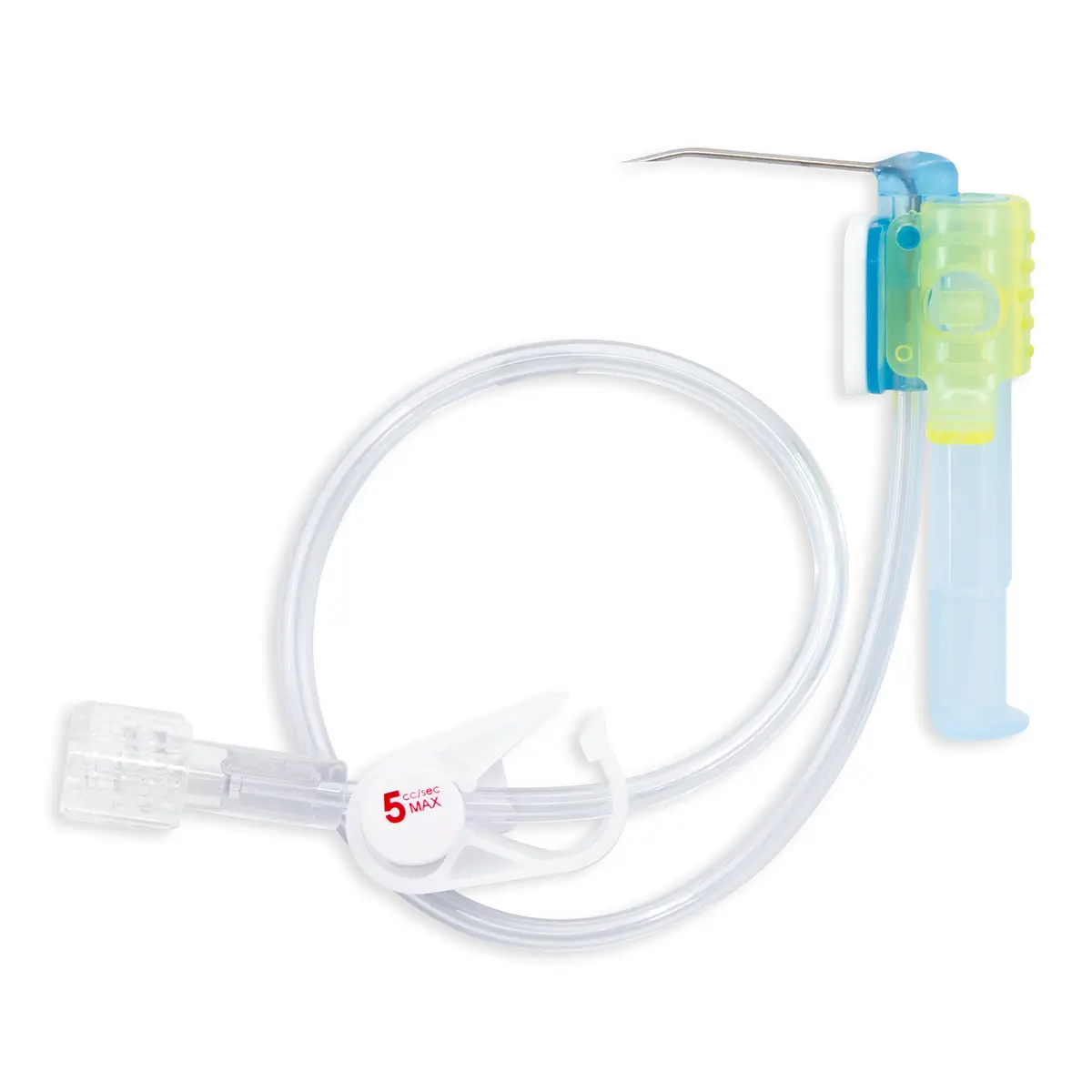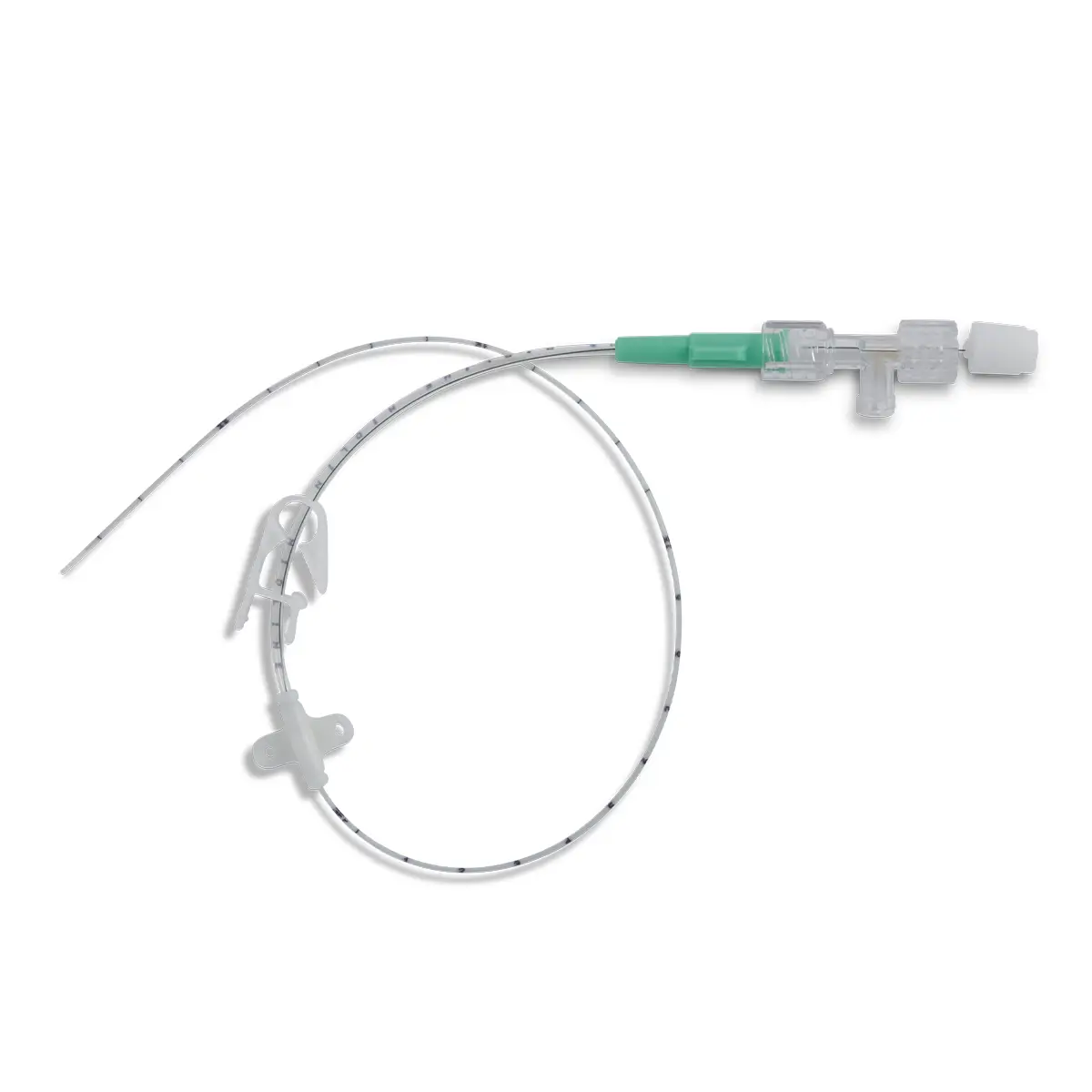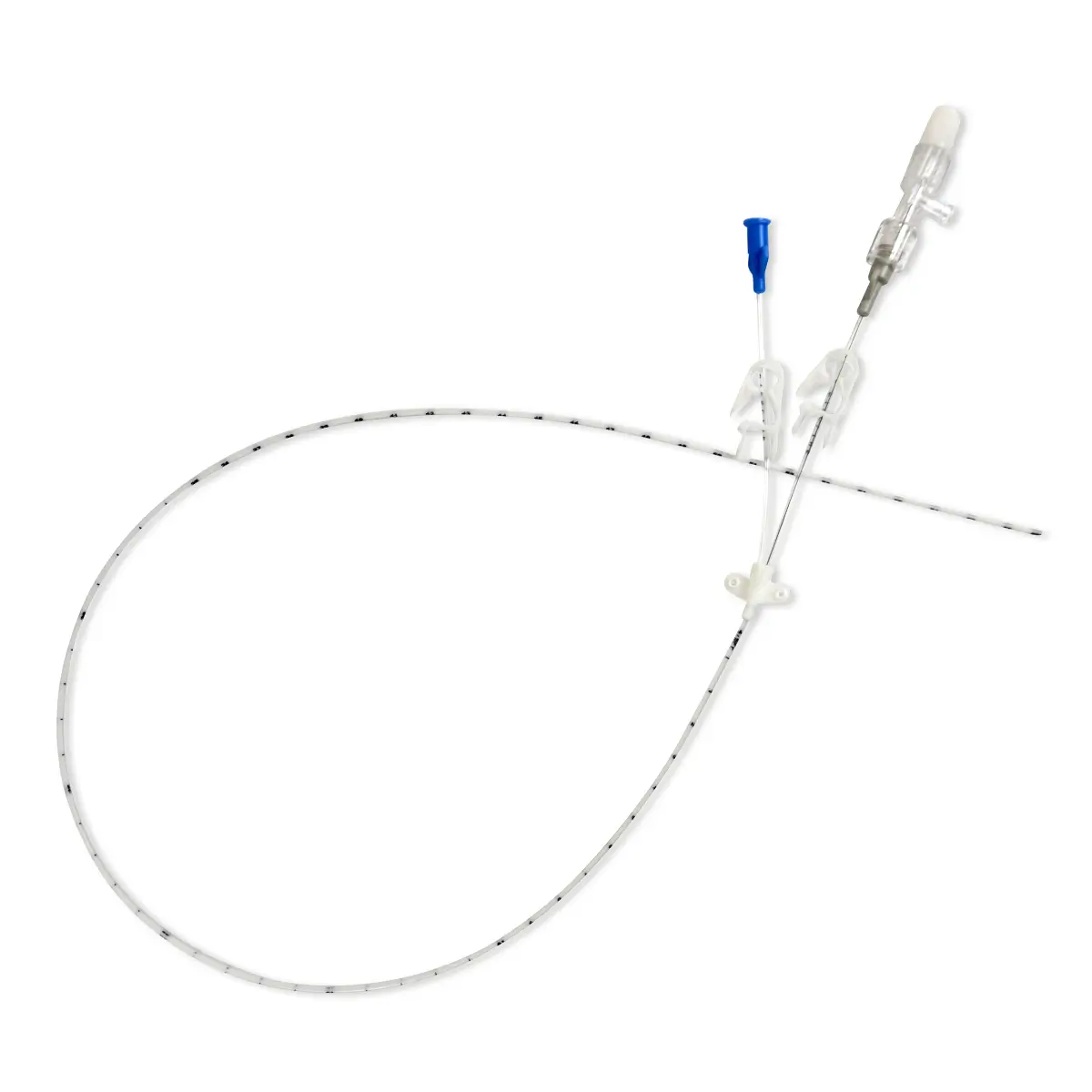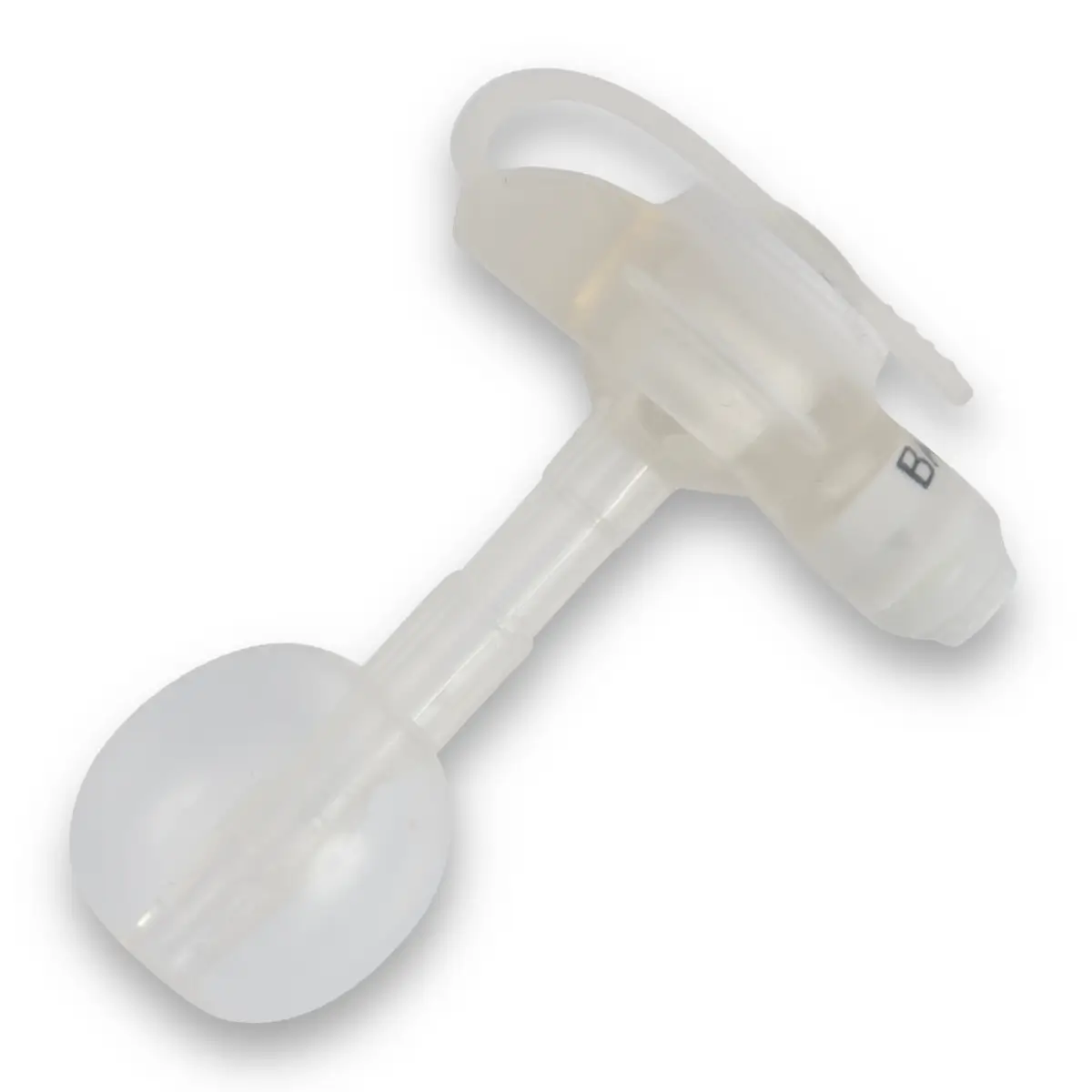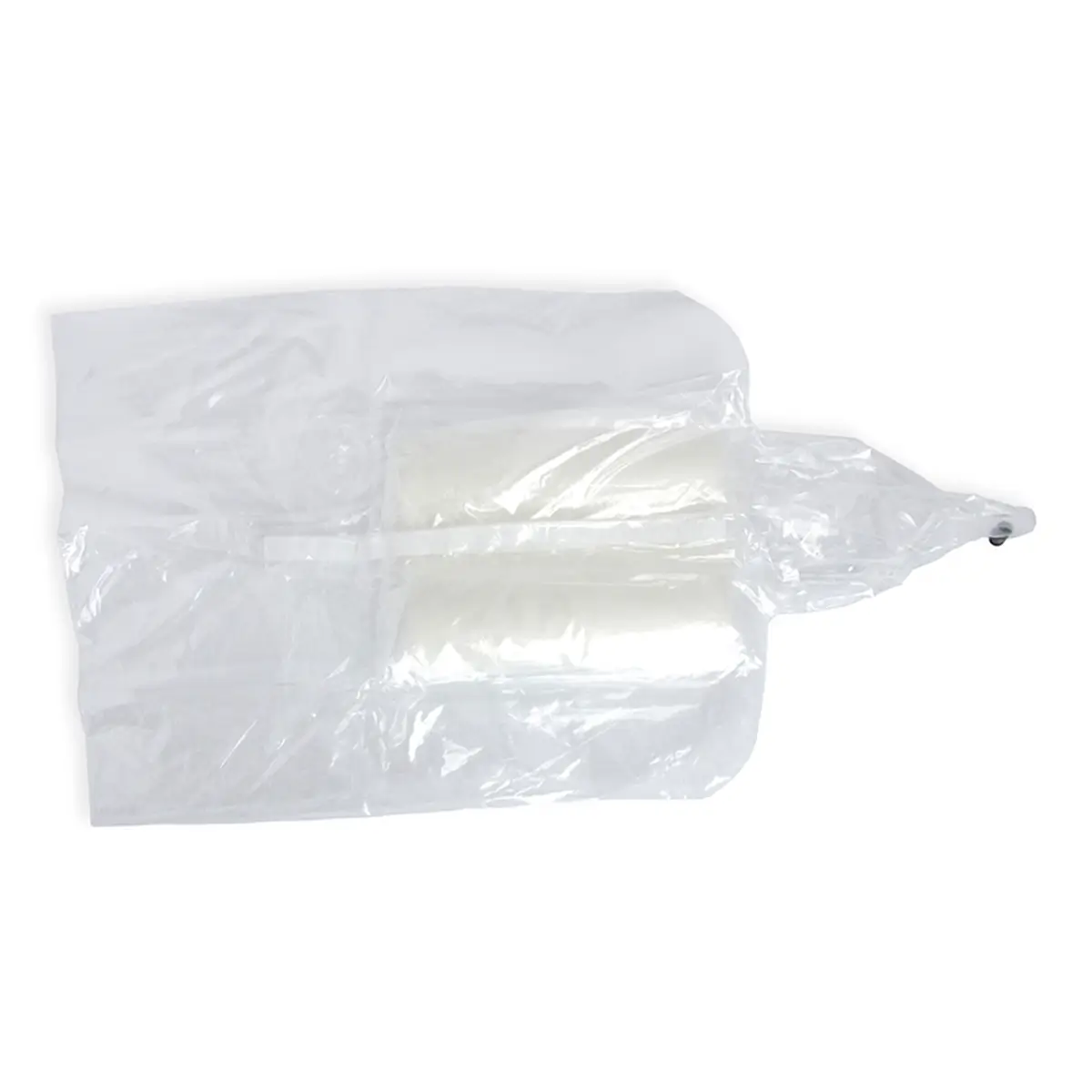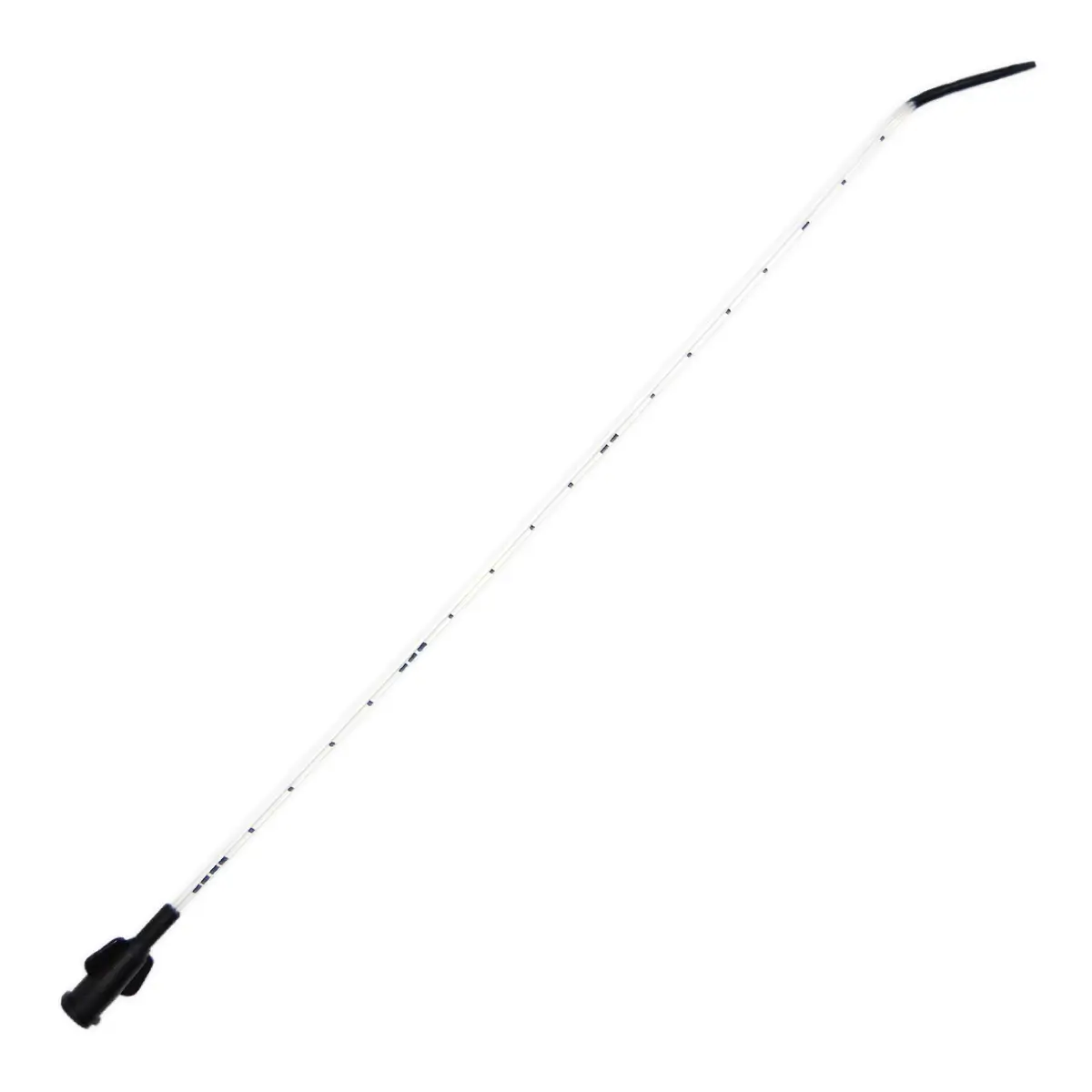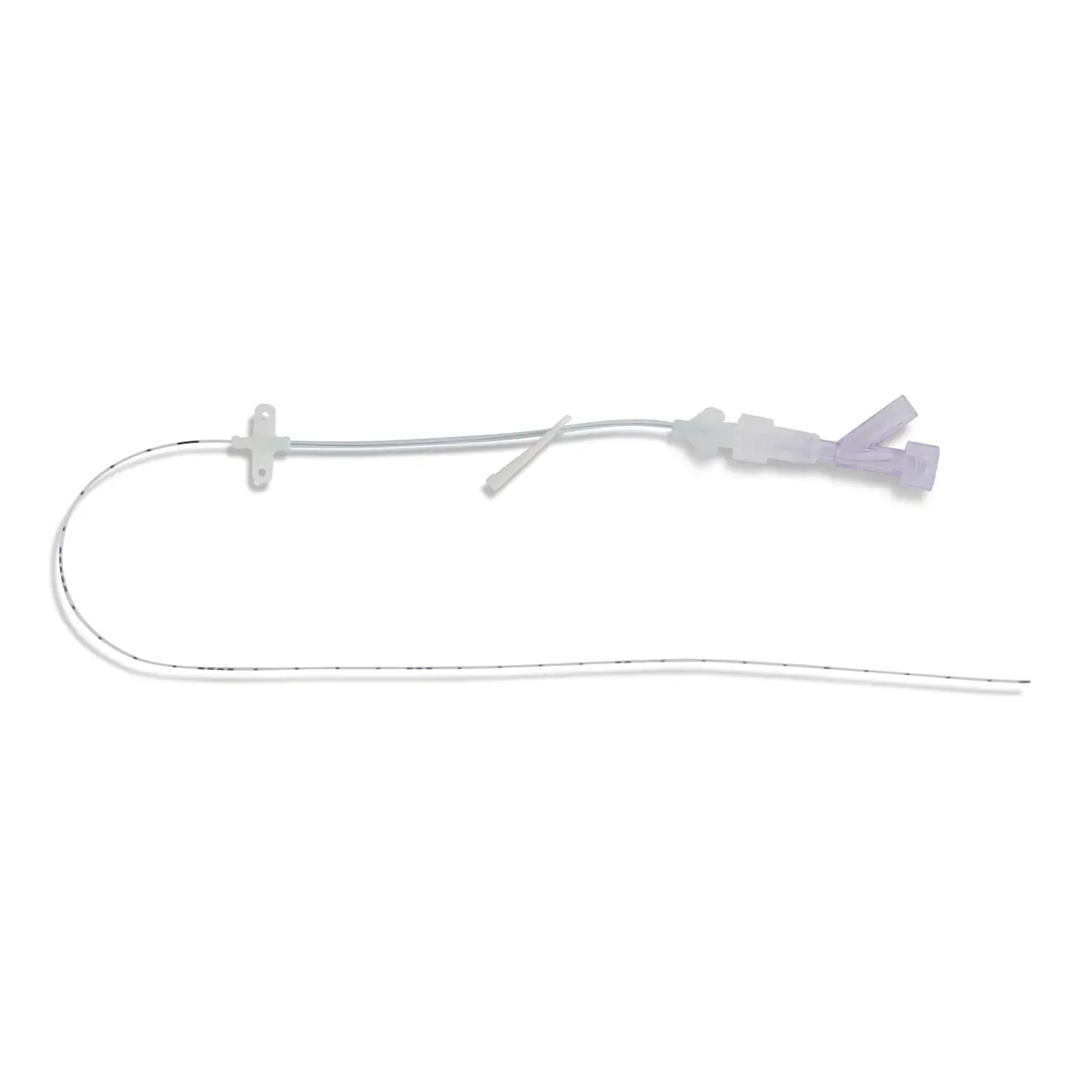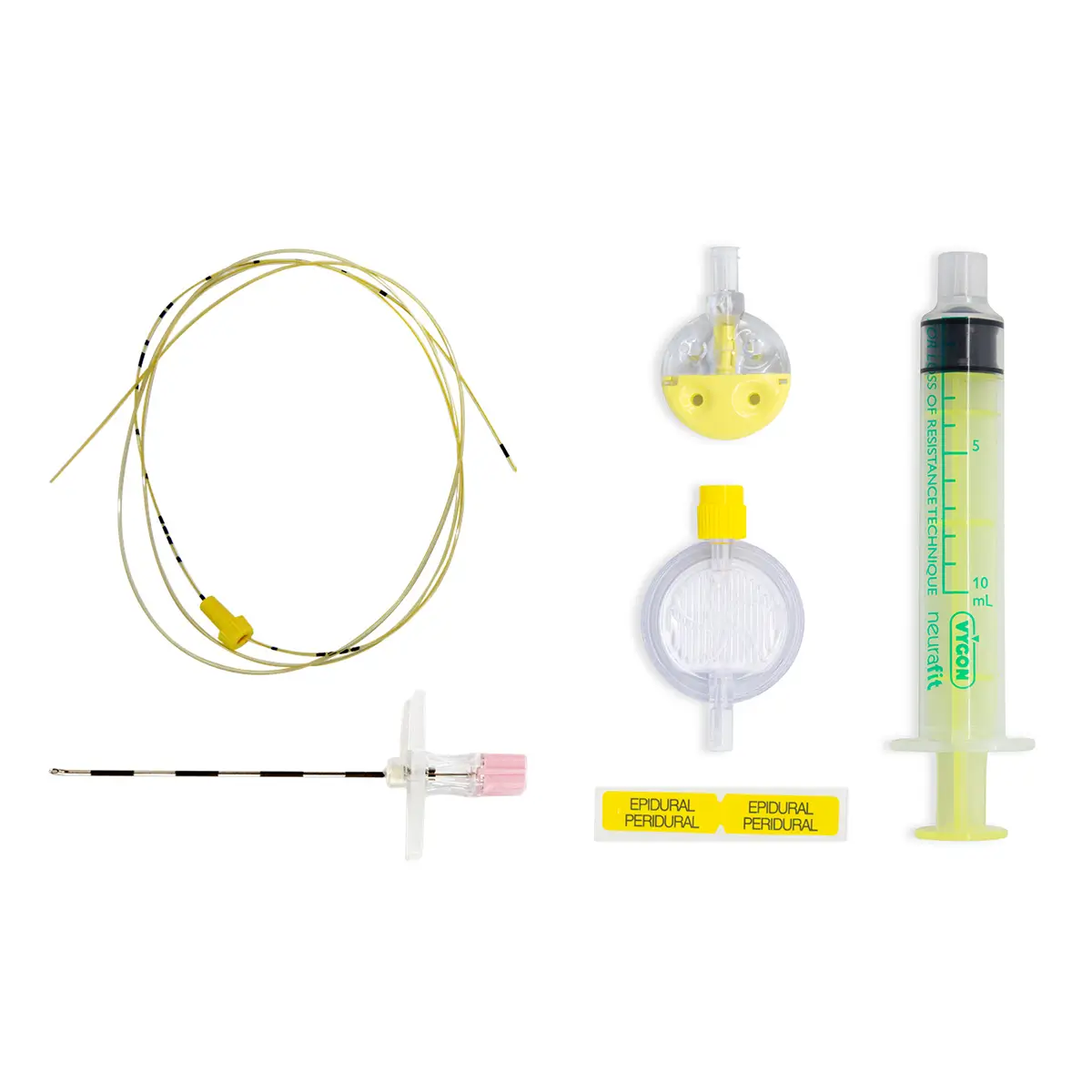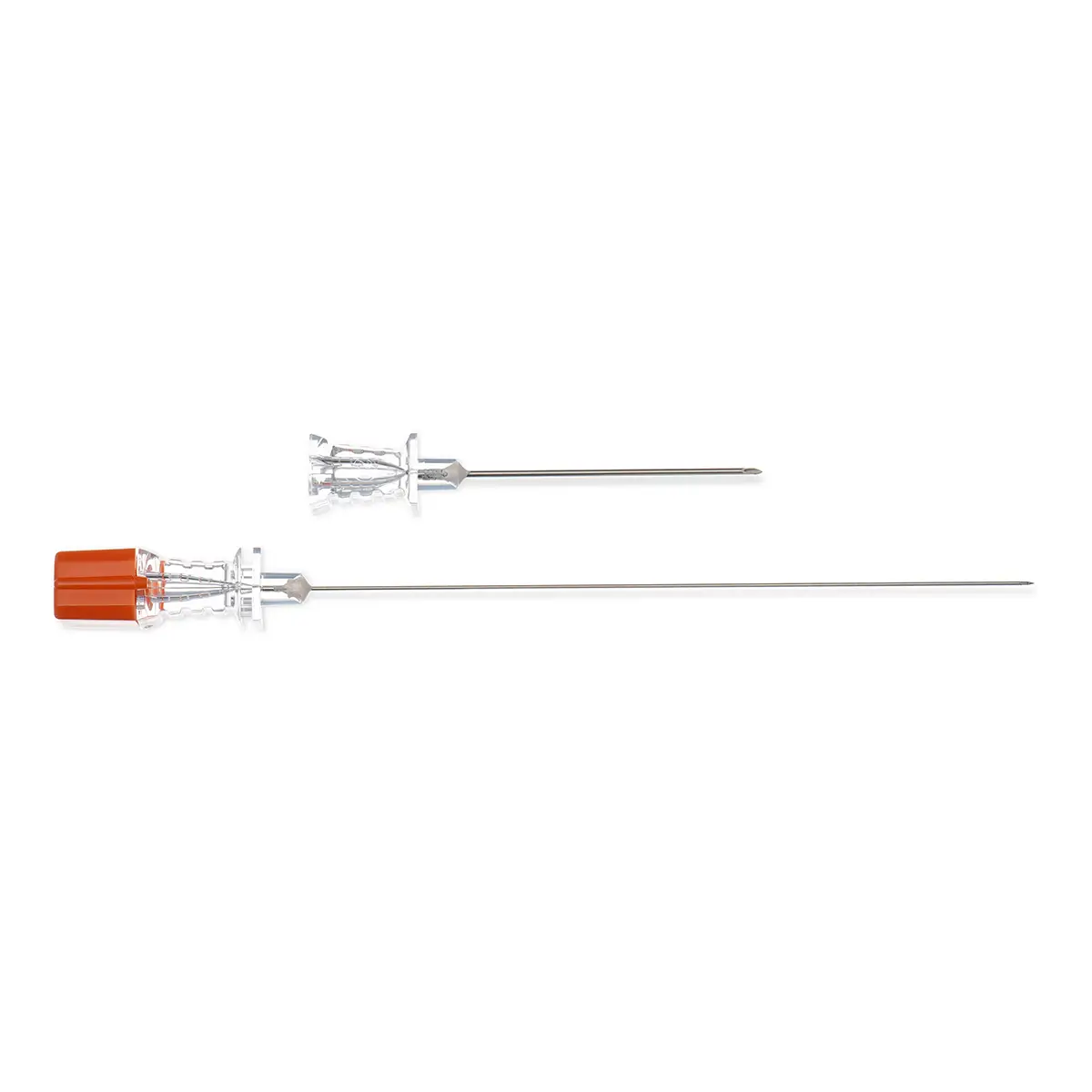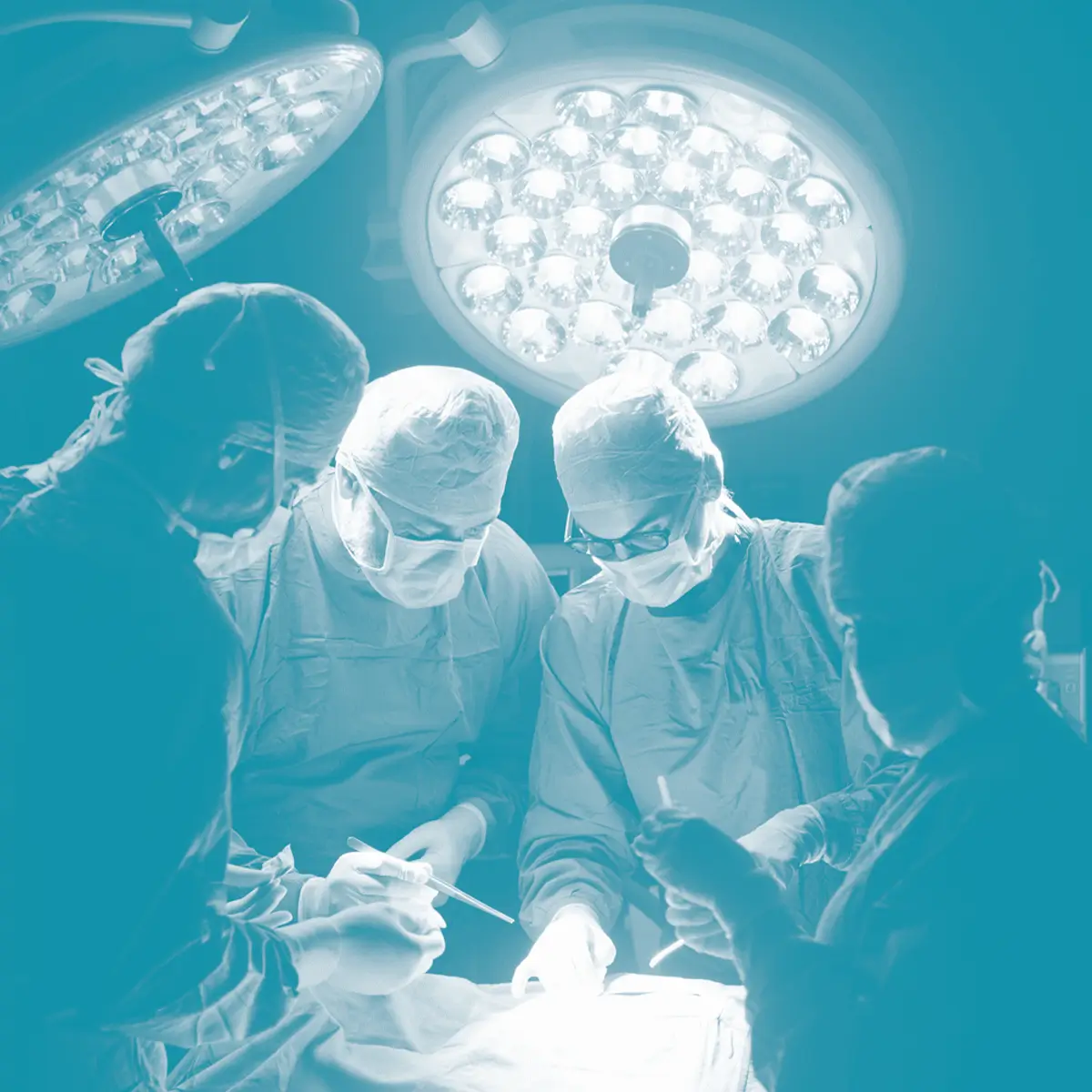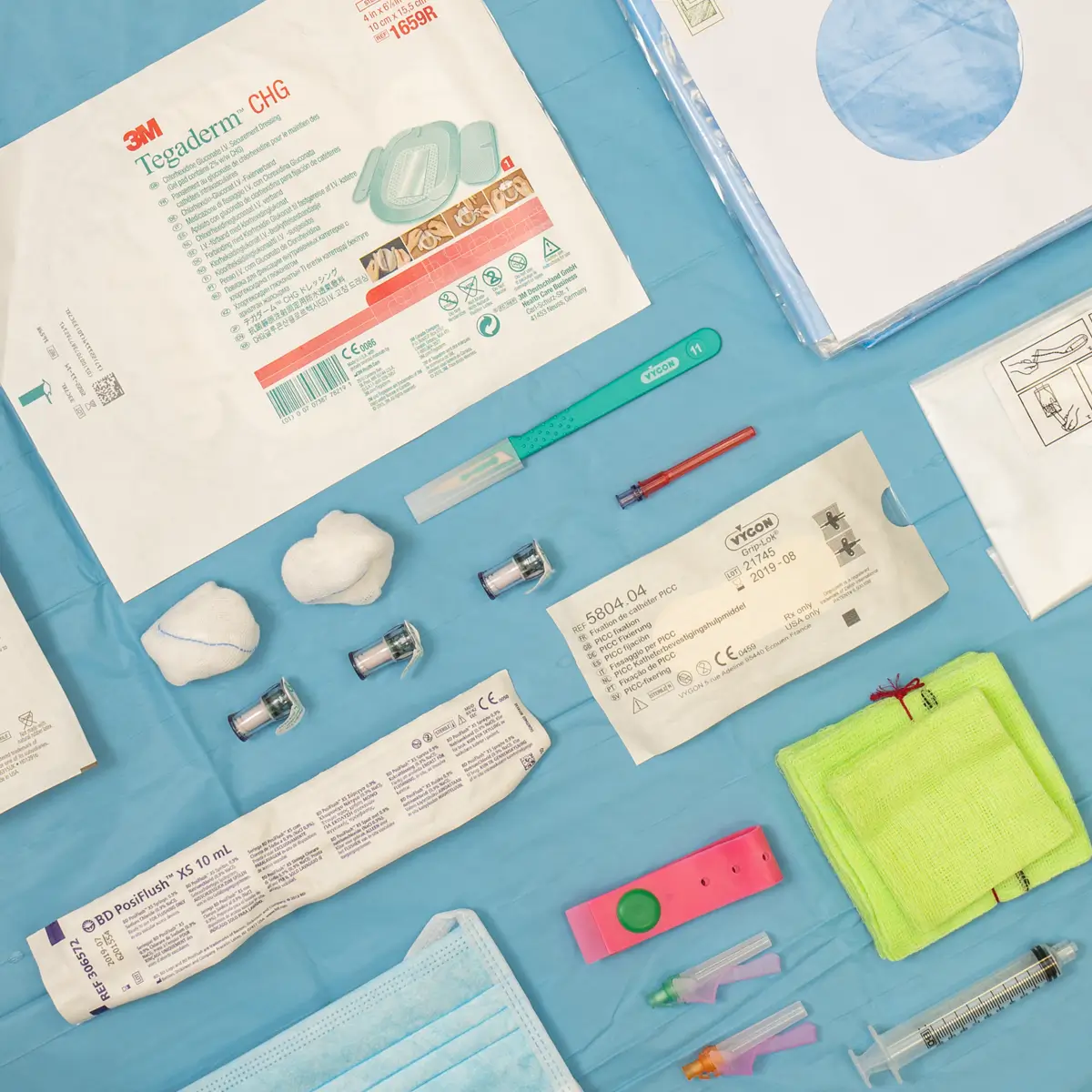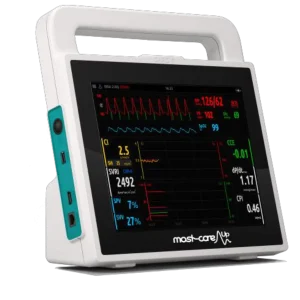

Accurate patient monitoring minute by minute, beat by beat...
Mostcare Up is a haemodynamic monitor for use in both adults and children and can be used in a wide range of clinical environments from the ICU and high risk surgery to A&E.
of first-time users Agree or
Strongly Agree…that Mostcare
Up is easy to use*
*during clinical product evaluation
It takes only 60 seconds to setup Mostcare Up, providing you with valuable time when you need it most.
Mostcare Up customers also have quicker visibility of the haemodynamic status of their patients. Meaning they can make faster clinical decisions and see the effect of interventions sooner.
Unlike other haemodynamic monitors, Mostcare Up does not require any calibration and can calculate cardiac output and other key haemodynamic parameters without the need for input of demographic data.
It has an intuitive, customisable interface specifically designed to aid clinician decision making before, during and after interventions.
Mostcare Up provides constant monitoring with accurate and rapid results. Thanks to its modern flexible connections and setup, real-time data can be obtained, saved and transferred for subsequent analysis.
Correct underdamped waveforms automatically with the PRAM™ algorithm. A patented dynamic e-filter responsible for producing quality pressure signals of the highest accuracy, consistently.
Mostcare Up is the perfect haemodynamic monitor for clinicians and managers who need a reliable, clinically validated monitor and need a way to reduce revenue.
Our capital business model guarantees no dedicated disposables for your haemodynamic solution. And when we include patients undergoing high risk surgery, your savings are, frankly, enormous.
HL7 compatible to enable data transfer, Mostcare Up can connect to your patient information systems, helping you stay more efficient.

Mostcare Up only requires an existing peripheral or femoral artery as is applicable to the widest range of patients so it can easily transferred from one patient to another.
Product Specification
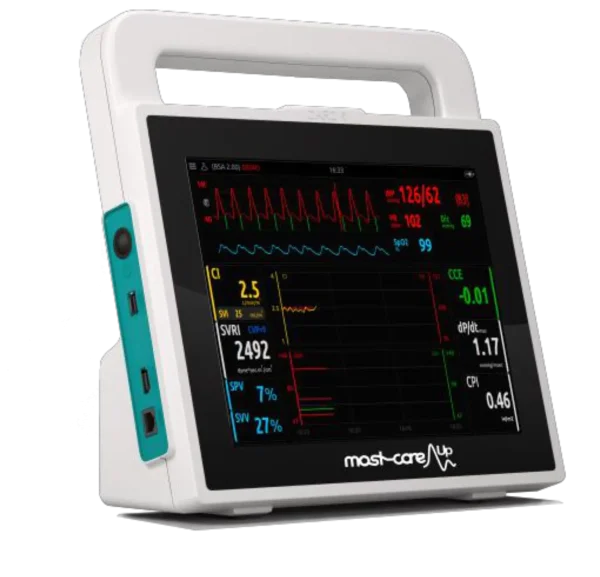
A Patented Algorithm: PRAM
"Invasive arterial pressure monitoring is common practice in high-risk surgical and critically ill patients. Underdamping or excessive resonance of the arterial pressure waveform has been reported in up to one-third of cases."
PRAM (Pressure Recording Analytical Method) is an innovative method to analyse the pressure wave used in Mostcare Up. It allows for constant and sensitive monitoring in real time of the slightest haemodynamic variations because it is based, heart beat by heart beat, only on the morphology of the arterial pressure wave.
- Sampling at 1000Hz
- Beat-by-beat analysis of the wave form
- Dynamic electronic filter to correct resonance
- Does not depend on pre-estimates
- No external calibration required
Each patient is unique and his haemodynamic condition can evolve rapidly. The shape of the arterial pressure wave is the result of a complex balance which depends on both the pairing of the cardiac function with the vascular system and their interaction with the respiratory system. The precise analysis of the shape of the wave obviates the need for calibration and preestimated data about the patient. It also identifies the dicrotic pressure and the Z(t) impedance of the cardiovascular system, even in cases of unusual pressure wave forms.
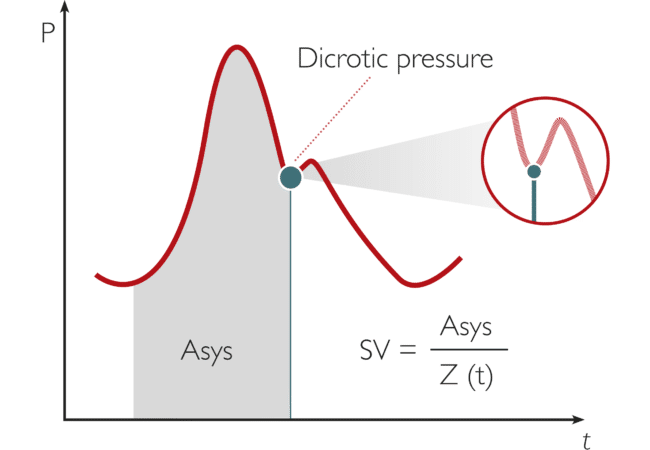
Following your patient throughout their pathway
Key Studies
Paediatric Key Study:
Treating sepsis in children
For children with sepsis, volume resuscitation is one of the most commonly used therapeutic options.
However, excessive fluid administration may impair tissue perfusion further by promoting oedema and third-space fluid accumulation.
To prevent these issues, not only have guidelines for smaller fluid boluses of 5-10ml/kg been suggested, but ESPNIC* also suggest that the child’s cardiac output changes be tracked, along with blood pressure and CVP to assess fluid responsiveness.
Adult Key Study:
Determining cardiac output in septic patients.
In septic patients, changes in vascular impedance and compliance often occur requiring recalibration of cardiac output monitors.
Mostcare requires no recalibration or adjustment… the Mostcare system was not affected by the vascular tone changes produced by norepinephrine infusion.
Ovarian CRS: Key Study
Within this study, the objective is to determine whether aggressive, goal-directed intra-operative fluid management (GDFM) guided by cardiac output monitoring (COM) has improved patient post operative outcomes. The use of goal-directed haemodynamic therapy during the peri-operative phase, aims to try and match the delivery with the increased demand for oxygen during a major surgical insult.
The study concludes there is a clear suggestion of improvement in patient outcomes and use of finite resources with intra-operative goal-directed fluid management assisted with a cardiac output monitoring device.
“We trialled the Mostcare Vygon cardiac output centre in our trust over a month-long period as we were looking into introducing a new monitoring system.
We were attracted by the Vygon system as it does not require bespoke arterial line consumables meaning that it could be used at any point of a case (if arterial monitoring is already in-situ) and that ongoing expenses should be minimal.
We found the monitoring to be easy to set up, glitch-free and with good monitor screen size. The derived arterial variables are relatively standard compared to other established output monitoring systems and the data produced was certainly reflective of the actual physiology exhibited by patients undergoing a variety of surgical techniques (including laparoscopy). We will be looking into introducing the system into our theatres and look forward getting the most out of the enhanced care it will support”.
Nick Jenkins
Flexibility of Use
We have flexible financial models to suit your needs; whether that may be capital or revenue, we can provide a solution. Mostcare Up does not require additional consumables, so you can use it as much as you want to, and it will never go over.
When you need support, we're there
Our dedicated Sales Team are on hand to answer any questions and guide you through our product ranges. As specialists in their field, simply contact your Vygon representative to arrange a product demo and let us show you how our Mostcare Up haemodynamic monitoring solution improves your bottom-line performance and patient care.
Our Technical Support Team is home to the experts when it comes to answering questions related to the finer technical detail of our range of medical devices, procedural advice and regulatory device issues, as well as thorough product testing and solutions to help the ongoing use of our products. We understand the devoted and consistent level of service that our customers need so that they can feel confident that any enquiry is dealt with swiftly and professionally.
FAQs
The PRAM method requires no external calibration or anthropometric normalisation. Mostcare Up can therefore be easily used on any patient who requires constant or occasional haemodynamic monitoring. More specifically, during haemodynamic instability or in the presence of acute clinical variations in high risk patients.

